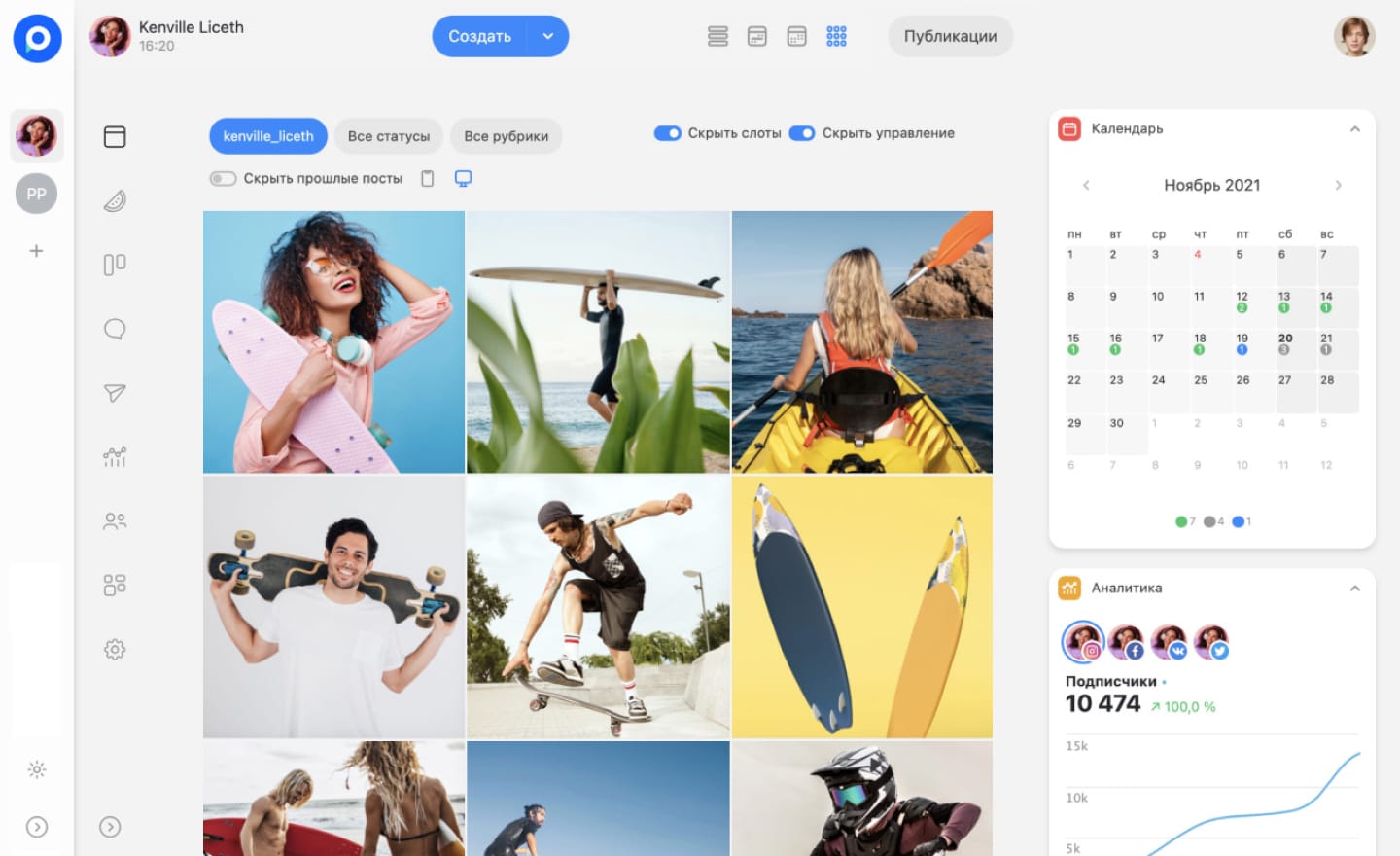Why do good specialists receive rejections? Their resumes do not attract attention. It’s not enough to be a professional in your field; you need to show this to the employer. How can a digital specialist create a resume that gets responses? This article provides guidance.
Structure
Recruitment services offer ready-made templates with space for a photo, personal information, work experience, and responsibilities. You can use a template or create your own structure.
Information should be organized, divided into subsections, and easy to read. The correct structure is:
- Full name, age, city, and photo,
- Education and professional development,
- Work experience in chronological order,
- A brief summary about yourself.
A photo will attract attention and help you stand out to the recruiter. Choose a picture where you are dressed simply and your face is clearly visible.
Use simple language—avoid complex terms, literary phrases, and colloquial expressions. You don’t need fancy design; well-formatted headings and a standard font are sufficient.
Relevance
Experience in the resume should relate to the employer's field. Applying for an SMM specialist position at a private clinic? Emphasize projects related to medicine.
HR specialists are drawn to words from the job description—keywords, just like in SEO. For example, if the company expects the future SMM specialist to have "market understanding," "copywriting," and "strategy development," mention in your resume that you keep up with market trends, know the basics of informational style, and apply it in copywriting, and have developed promotion strategies. Of course, only if these are genuinely your skills.
Case Studies
For each job or project, specify the results. In digital, revenue and sales volume are not the metrics used—other indicators are needed.
- Traffic increase,
- Number of leads,
- CTR,
- Engagement growth: followers and reactions,
- Registrations.
Clearly outline the specific tasks you performed at each job. "Handled social media" is a poor example. A better one: "Developed a content plan, wrote post texts, and designed illustrations in graphic editing software. Responsible for communication with followers."
About Yourself
Every HR has a mental image of the ideal specialist: what soft skills they should possess. Google, check with colleagues, analyze your experience—you should come up with a list of standard but real competencies.
The qualities should match the profession. If you’re applying to an agency, mention that you are a "team player"; if you’re looking for freelance projects, say you are "organized"; if the company lists performance metrics in the job description, describe yourself as "goal-oriented" and "results-driven."
Attach a link to your portfolio: this shows that you have work experience and answers some questions about your skills.
Final Steps
You need to check:
- Links—does the portfolio load, is access granted?
- The relevance of contact information.
- The document for errors—they create an impression of unprofessionalism, even if your field is not text-related. Follow typography rules: use guillemets for quotes and long dashes for hyphens.
The resume is an illustration of your experience. Don’t overload the document with unnecessary information; the ideal length is 1-2 pages. The recruiter should see your competencies and experience. Good luck!

